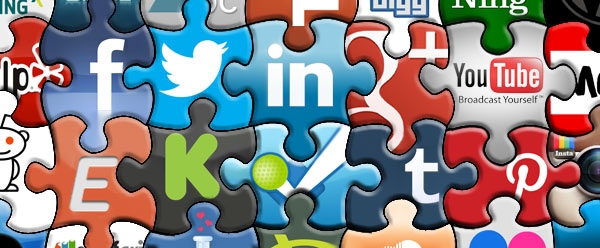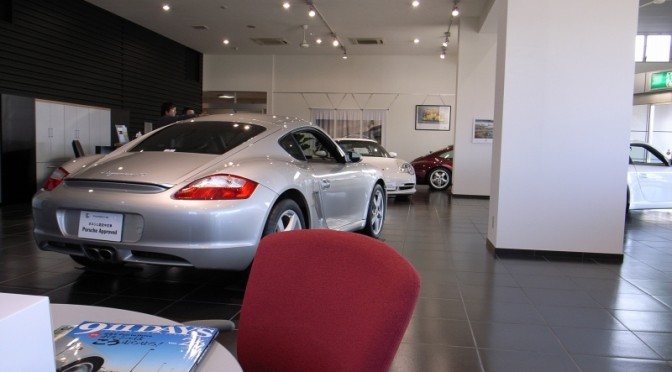Being a car enthusiast, and someone who is studying social media marketing for car dealerships, the notion of selling emotion, feeling, and experience is rather fascinating. A highly effective form of advertising that is often used in the hotel and resort industry, isn’t being utilized in other industries, or rather, not being used correctly. I believe that the greatest motivator in the buying process is feeling. When your favorite car brand promotes their new convertible, the scenery and sound affects draw you in, and if the commercial is successful, you’ll have a growing desire to experience what the actor is in the ad.
You’ve probably heard business people asking a salesperson to sell them a pen. Most of these sales pitches fail because they talk about the pen, but not about what the pen can do for you, as in how do you benefit from that pen. Selling cars has always been hard selling, and not about the benefits that buyer will see after they purchase that car. Instead of rushing someone into a hasty decision, either use marketing campaigns that strike at the heart of consumers, or consistently post content that gives a potential car buyer the desire to purchase a certain vehicle.
The home decor industry has fallen into the same trap, where spokespeople talk about “great deals”, but don’t try creating an emotion, feeling, or experience. What is better than sitting in an air conditioned house on a summer night, with a comfortable leather coach, watching a movie with the entire family? That’s an experience, a feeling, or emotion that many family-oriented adults desire to feel. We’re living in an amazing time where social media is dominating the marketing world, but industries aren’t using these tools effectively. Instagram and Pinterest are picture based platforms, and with great photos, you can create an experience for customers that will be desired.
It’s incredible that HGTV seems to be more effective at selling home decor products than the companies who produce and sell them. The same goes for the automotive industry where Car and Driver uses pictures, and posts content that could motivate a car buyer to choose a certain brand over the other. For Car and Driver, it’s not their job to sell cars, they’re specialty is reviewing them, and informing consumers. Yet, they’ve become a primary resource where car buyers could easily be influenced by a magazine article.
If you don’t start creating a feeling, an emotion, or start selling an experience, you will not see the ROI you desire from your social media marketing campaigns. Hard selling is slowly becoming the normal strategy for companies, not only those who produce the products we see on the shelves and in showrooms, but the ones who also sell them. How do car dealerships expect a certain model to sell, if they don’t promote their vehicle in a way that creates a desire to experience the feeling behind the wheel of that car? For HGTV, I get the feeling they’ve become more trustworthy and a better source of buying information on everything about homes and interiors than the companies themselves.
Social media has become the tool where customers grow trust in certain brands, whether that be a company, magazine, or television network. The reason why car dealerships and companies in other industries see low engagement rates is because they’re not posting content that builds emotion and a connection. The social media marketing era has created many winners in a multitude of industries, but now that social media is maturing, we’re seeing a lot of losers pop up, and that’s because they’ve resorted to hard selling. Sell emotion, feeling, and an experience if you want to succeed, because the hard selling days are over.






